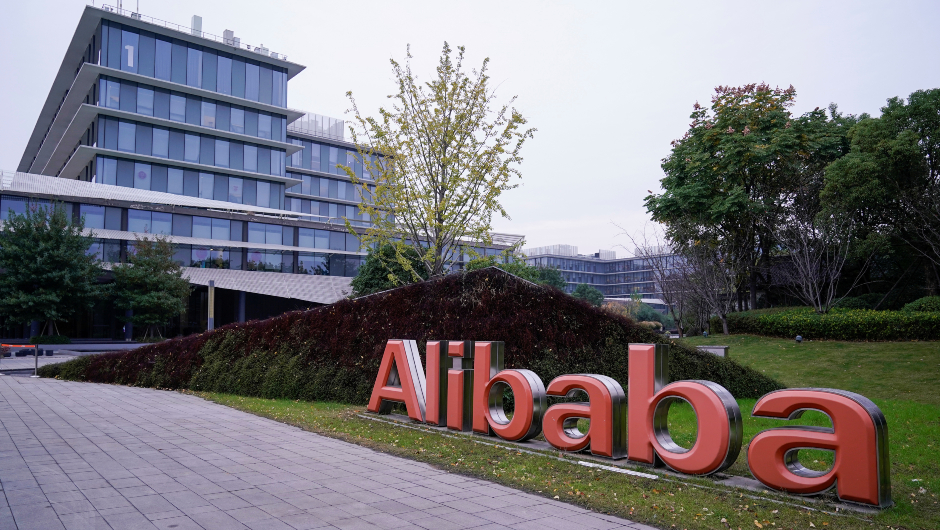Treasurers step up in M&A

Acquisitions can sometimes take treasurers by surprise, but their role in ensuring the success of deals is more important than ever.
Traditionally, treasury’s role in mergers and acquisitions is limited to providing a specific amount of funding on a specific date – particularly for smaller ‘bolt-on’ transactions. But with an increasing volume of larger ‘transformational’ deals, such as Marsh & McLennan’s purchase of Jardine Lloyd Thompson, treasurers are contributing more strategically in this area.

“You do find yourself in a bit of a whirlwind because multiple groups are coming together for a very short, intense period of time. And you’ve got to manage that effectively,” comments Eoin O’Mahony, Director, International Treasury at UnitedHealth. Treasury’s role in executing transactions makes it the “first port of call” for responsibility if anything goes wrong, he notes.
O’Mahony cites unexpected difficulties on an international acquisition as a result of creating new legal entities and an account in the illiquid local currency. These led him to launch strategy and tactical M&A teams for UnitedHealth, each with at least one representative from every relevant department. These complementary groups both meet monthly to avoid unforeseen events.
“So you’ve two tiers that are working together and in tandem and putting structure in relation to these mergers and acquisitions. We’re no longer coming up for phone calls with a week or two to go – we’re hearing about this as early as possible,” O’Mahony observes.
Step-by-step process
Douglas Tropp, Corporate Treasurer at travel conglomerate Booking Holdings, notes that M&A teams (often former bankers, as at Booking) can be “very knowledgeable about the work they do, but not necessarily knowledgeable about treasury.”
Accordingly, his team put together “kind of a handbook, a step-by-step process” to educate this internal audience and other corporate stakeholders. The document specifies treasury’s desired timing for its involvement and its priorities in the transaction.
“At this stage of the operation this is when you involve treasury. These are the things treasury wants to know about – the things that are important to us, both on the funding side and risk management side, on a pre and post-deal basis – and also the things that we’re going to want to make sure that we take control of: the processes, the bank accounts, the structure, the right signatories on all the accounts, and so forth.”
Earlier engagement
“We certainly spend quite a lot of time these days in our daily job on the M&A area,” notes Randy Ou, Vice President, Group Treasury at Alibaba. The Chinese e-commerce giant has completed “hundreds of M&A deals, big and small” in recent years, having invested $10.5 billion on acquisitions in fiscal 2018 alone).

Treasury professionals should communicate their role in M&A to other parts of their organisations, Ou agrees. “The value we add is to help partners begin to understand that there are a lot of treasury issues in this area and to help ensure that those come out right in the post-integration period. And then they begin to realise ‘we better engage with you earlier’.”
At the same time he acknowledges room for improvement. “The way we engage in the M&A process is not perfect yet. We want to be more involved even earlier and be told more information. But I will say it is better than before.”
Integration challenge
One area where firms deviate is over integrating acquired companies into treasury. Approaches here reflect their broader stance on acquiree independence.
Booking, which has not centralised its six main brands, only requires new acquisitions to follow its treasury policies, Tropp notes. In contrast, Alibaba sees scope to integrate them into treasury even when the operating company is being left independent.
“We prefer to integrate when it’s possible,” says Ou. “If the business decides to leave some independence to them, it doesn’t mean the finance side has to leave them independent. We still need to ponder whether it makes sense to integrate their finance function, including treasury, to bring efficiency benefits for the whole group.”
Currency considerations

Beyond treasury’s traditional responsibility for funding transactions, Tropp sees a host of further areas where treasury is able to add value in M&A. These include deal structuring and risk management: “what the right make-up of the of the transaction looks like, whatever hedging might be involved, and also going through and examining the financial statements and how the target is organised to figure out if there’s anything that we need to unwind in the future, or leverage during the process.”
In addition, both he and Ou point to currency as a significant dimension in M&A. Ou cites an instance of being instructed to fund a transaction in US dollars that turned out to require Hong Kong dollars instead. While the two have a stable relationship due to the HKD peg, he notes that the company would have been exposed to significant risk had euros been required.
Ou also emphasises the potential for targets to impact the group’s mix currency of exposures. “We have a process to think through it in advance – not only the currency we need for that sale, but also after we buy this company whether or not their currency profile is changing my currency profile. That’s something we do take a look at these days.”
Rules for success
Having several billion US dollar-equivalent of M&A transactions across jurisdictions from Latin America to Asia, UnitedHealth’s O’Mahony has identified five rules for success, such as ‘understand the audience’ and ‘drive performance’.
He illustrates these by examples. In one, having not been involved initially in an Australasian divestiture, treasury realised that the project team’s final closing calculation had failed to take into account unsettled inter-company positions, as well as the local currency equivalent of US GAAP. So treasury took over this part of the deal and assisted in creating the closing price.
O’Mahony describes this as “taking control of the situation – not pushing your agenda completely, but just creating control and project managing the closing of these deals. It makes a big difference.”